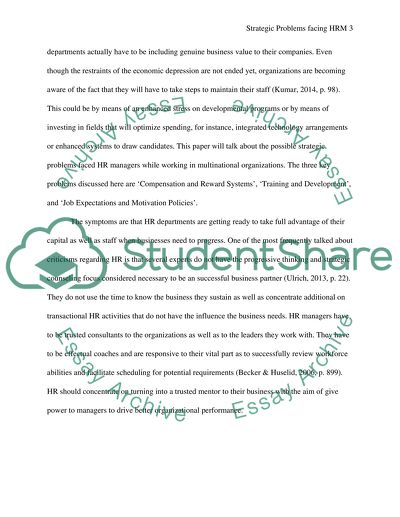Cite this document
(“Strategic problems facing HRM operating in multi-national companies Essay”, n.d.)
Strategic problems facing HRM operating in multi-national companies Essay. Retrieved from https://studentshare.org/human-resources/1645182-strategic-problems-facing-hrm-operating-in-multi-national-companies
Strategic problems facing HRM operating in multi-national companies Essay. Retrieved from https://studentshare.org/human-resources/1645182-strategic-problems-facing-hrm-operating-in-multi-national-companies
(Strategic Problems Facing HRM Operating in Multi-National Companies Essay)
Strategic Problems Facing HRM Operating in Multi-National Companies Essay. https://studentshare.org/human-resources/1645182-strategic-problems-facing-hrm-operating-in-multi-national-companies.
Strategic Problems Facing HRM Operating in Multi-National Companies Essay. https://studentshare.org/human-resources/1645182-strategic-problems-facing-hrm-operating-in-multi-national-companies.
“Strategic Problems Facing HRM Operating in Multi-National Companies Essay”, n.d. https://studentshare.org/human-resources/1645182-strategic-problems-facing-hrm-operating-in-multi-national-companies.


